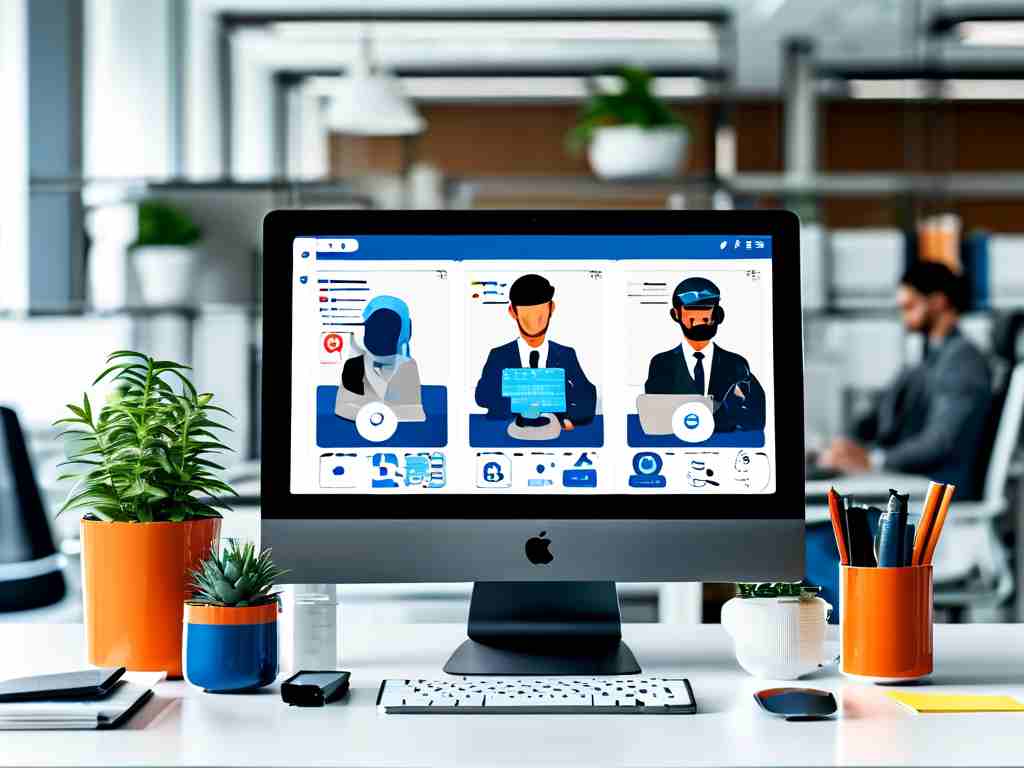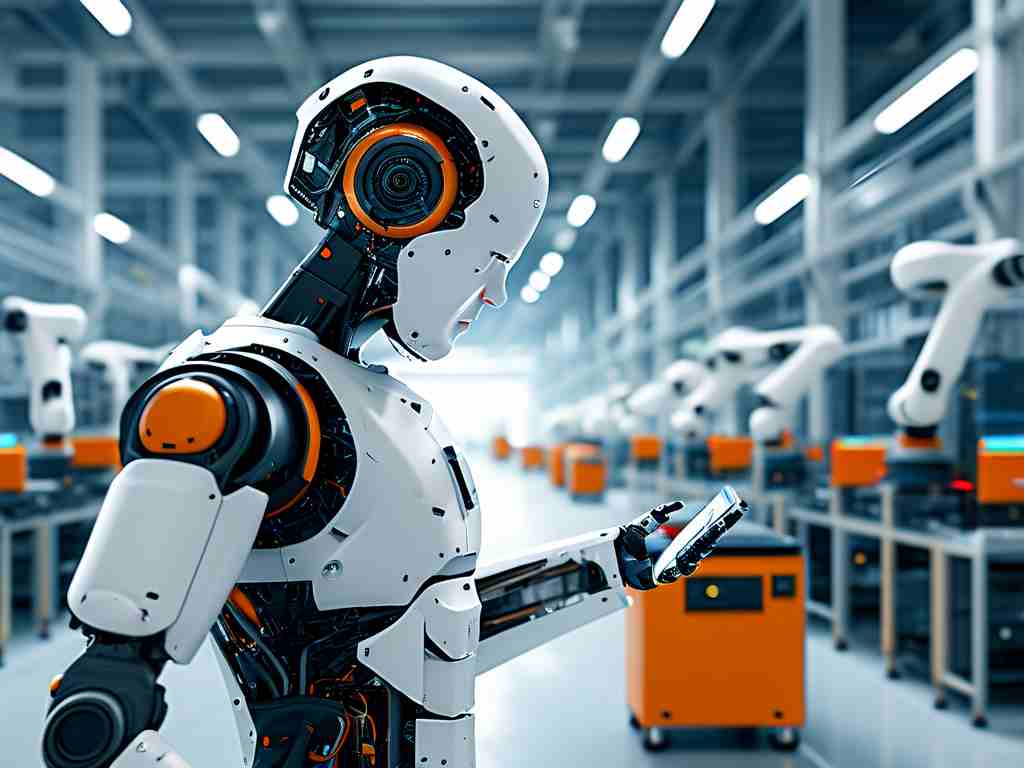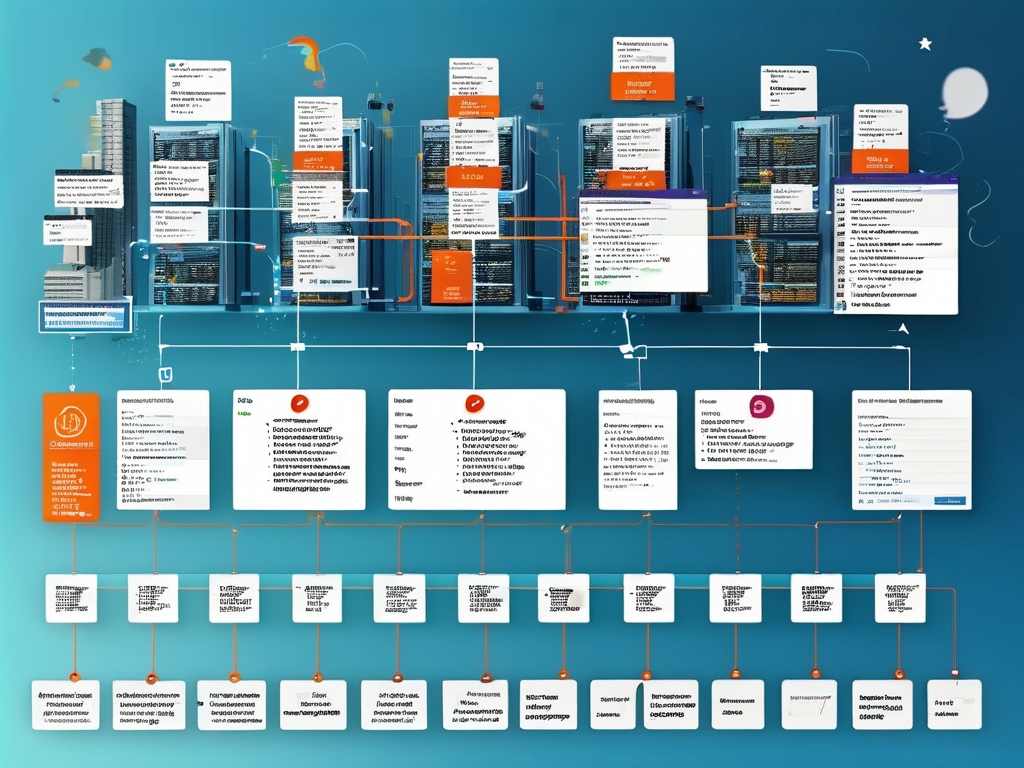In the rapidly evolving landscape of modern workplace management, organizations are increasingly turning to automated deployment clock-in systems to optimize employee attendance tracking. These systems blend cutting-edge technology with user-friendly interfaces, offering a seamless solution for businesses aiming to reduce administrative overhead while improving accuracy.

The Anatomy of an Automated Deployment System
At its core, an automated clock-in system relies on three critical components: cloud-based architecture, biometric authentication, and real-time data synchronization. Unlike traditional punch cards or manual spreadsheets, these systems automatically deploy updates across all connected devices, ensuring uniformity in policy enforcement. For instance, when a company updates its overtime calculation rules, the changes propagate instantly to mobile apps, desktop interfaces, and physical biometric terminals.
A typical deployment script might include:
# Example automated configuration update
def push_policy_update(policy_id):
cloud_sync = connect_to_cloud()
devices = cloud_sync.get_registered_devices()
for device in devices:
apply_policy(device.ip, policy_id)
log_activity("Policy v2.1 deployed to all nodes")
This code snippet demonstrates how policy changes can be systematically applied across distributed systems—a hallmark of automation.
Operational Advantages in Practice
-
Error Reduction: Manual timekeeping errors, which cost businesses an average of 1.2% in annual payroll expenses according to 2023 workforce analytics, are virtually eliminated. Facial recognition and geofencing technologies prevent buddy punching while GPS tagging ensures remote workers clock in from approved locations.
-
Scalability: A multinational retailer recently implemented such a system across 17 time zones. The automated deployment allowed them to customize regional labor law compliance settings without manual intervention, reducing rollout time from months to weeks.
-
Integration Capabilities: Modern systems offer REST API endpoints for bidirectional data flow with existing HR platforms. For example:
curl -X POST https://api.attendance-system.com/v1/clockin \ -H "Authorization: Bearer <token>" \ -d '{"employee_id": "X203", "timestamp": "2024-03-15T08:00:00Z"}'This interoperability enables real-time salary calculations and leave balance updates.
Addressing Implementation Challenges
While the benefits are substantial, successful deployment requires careful planning. Legacy system compatibility remains a common hurdle—older access control hardware may need firmware upgrades to support modern encryption protocols. Additionally, organizations must navigate data privacy regulations like GDPR when implementing biometric storage.
A phased rollout strategy has proven effective. One manufacturing company achieved 98% user adoption by:
- Conducting pilot tests with IT and HR departments
- Creating video tutorials in multiple languages
- Implementing a tiered support system during transition
Future Directions in Workforce Automation
Emerging trends suggest deeper integration with IoT ecosystems. Smart badges with embedded sensors could soon track not just attendance but also workplace environmental factors. Machine learning algorithms are being trained to predict staffing needs based on historical clock-in patterns, potentially revolutionizing shift planning.
As cybersecurity concerns grow, blockchain-based verification methods are entering prototype stages. These decentralized systems could provide immutable attendance records while giving employees granular control over personal data sharing.
Automated deployment clock-in systems represent more than just technological upgrades—they signify a paradigm shift in workforce management. By combining robust deployment frameworks with intelligent data processing, organizations are achieving unprecedented levels of operational efficiency. As these systems evolve, they will continue to redefine how businesses approach timekeeping, compliance, and employee experience optimization.









